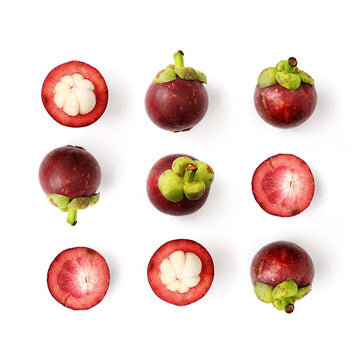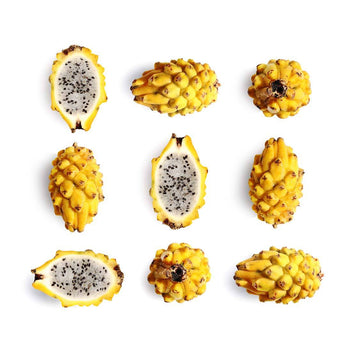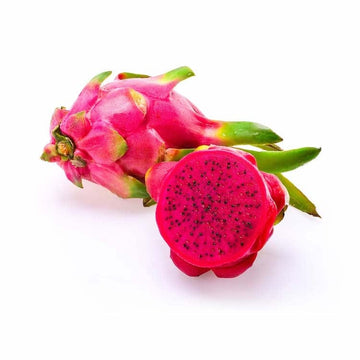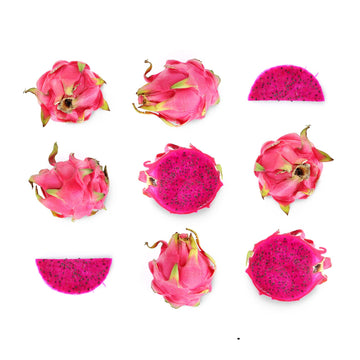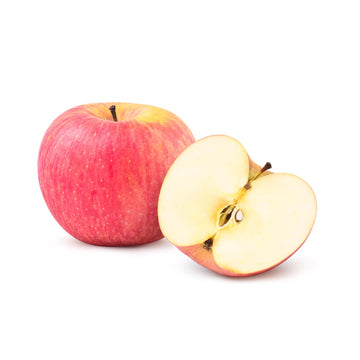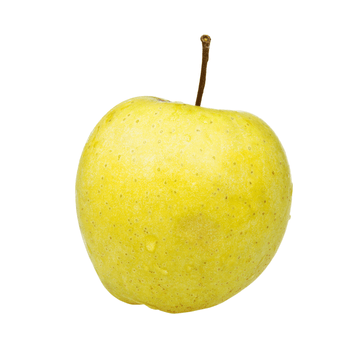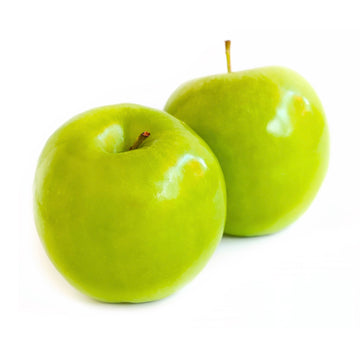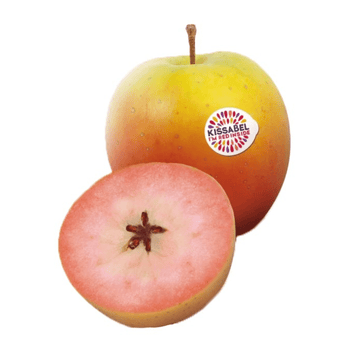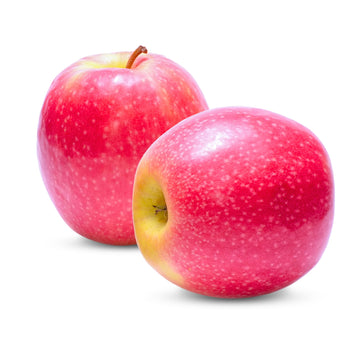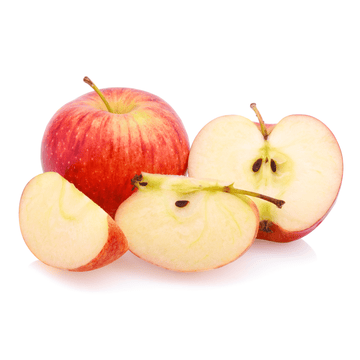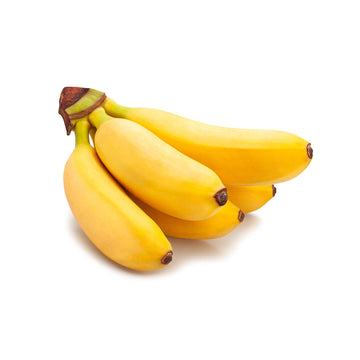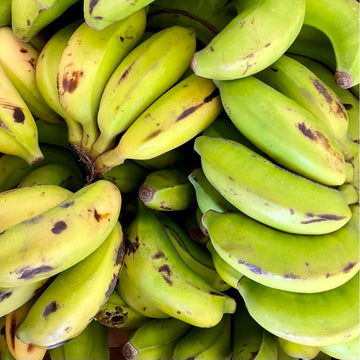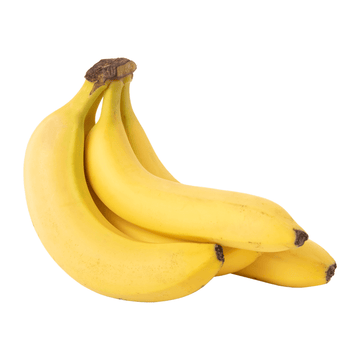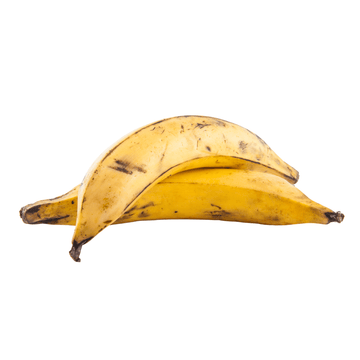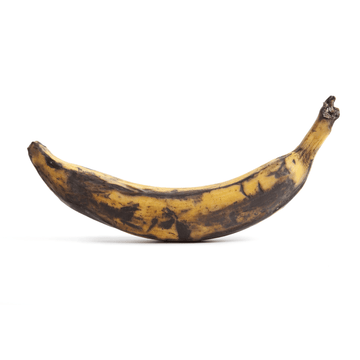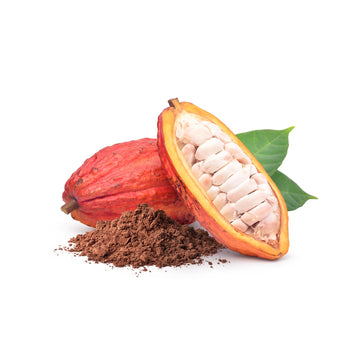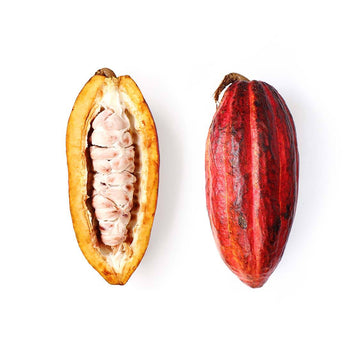How to Grow Strawberries at Home in the UK
Strawberries are a quintessential British summer fruit, evoking memories of Wimbledon, picnics, and sunny afternoons. Growing your own strawberries at home in the UK is not only rewarding but also surprisingly straightforward, even for beginners. With the right knowledge and a bit of care, you can enjoy a bountiful harvest of sweet, juicy berries from your garden, balcony, or even a windowsill.
This comprehensive guide will walk you through everything you need to know to successfully grow strawberries in the UK, from choosing the right varieties to harvesting and maintaining your plants for years of fruitful yields.
Why Grow Strawberries at Home?
Strawberries are an excellent choice for home gardeners. They’re versatile, relatively low-maintenance, and can thrive in various settings, including small spaces. Here are some compelling reasons to grow your own:
-
Freshness and Flavour: Home-grown strawberries are picked at peak ripeness, offering unparalleled taste compared to supermarket varieties.
-
Cost Savings: A single plant can produce dozens of berries, reducing your grocery bill over time.
-
Sustainability: Growing your own reduces the carbon footprint associated with commercially grown, transported, and packaged fruit.
-
Fun and Educational: It’s a great activity for families, teaching children about gardening and where food comes from.
In the UK, the temperate climate is well-suited to strawberries, with ample rainfall and mild summers. However, the weather can be unpredictable, so strategic planning is key to a successful crop.
Understanding Strawberry Varieties
Before you start, it’s important to choose the right strawberry variety for your needs. Strawberries fall into three main types, each with distinct characteristics:
-
June-Bearing Strawberries
-
Produce a single, large crop in early to mid-summer (typically June).
-
Ideal for jam-making or freezing due to their high yield.
-
Popular UK varieties: Elsanta (sweet and firm), Honeoye (early ripening), and Symphony (disease-resistant).
-
Everbearing Strawberries
-
Produce two to three smaller crops throughout the summer, typically from June to August.
-
Great for continuous snacking or small harvests.
-
Popular varieties: Mara des Bois (intense flavour), Flamenco (reliable), and Albion (large berries).
-
Day-Neutral Strawberries
-
Produce fruit continuously from spring to autumn, regardless of day length.
-
Perfect for beginners or small spaces due to their steady output.
-
Popular varieties: Seascape (sweet and juicy) and Tristar (compact growth).
For UK gardeners, Elsanta and Mara des Bois are particularly popular due to their adaptability to the climate. If you’re new to gardening, everbearing or day-neutral varieties are forgiving and provide a longer harvest window.
Where to Buy Plants
Purchase strawberry plants from reputable garden centres, nurseries, or online suppliers. Look for certified disease-free stock to avoid issues like verticillium wilt or crown rot. You can buy plants as:
-
Bare-root runners: Affordable and planted in late autumn or early spring.
-
Potted plants: More expensive but easier to establish, ideal for spring planting.
-
Seeds: Less common, as they take longer to produce fruit and may not be true to type.
When to Plant Strawberries
Timing is critical for successful strawberry growth in the UK:
-
Spring (March–April): The best time for planting potted plants or bare-root runners. This allows plants to establish before summer fruiting.
-
Late Summer to Early Autumn (August–September): Ideal for bare-root runners, giving them time to root before winter dormancy.
-
Winter: Avoid planting during frost or waterlogged conditions, as this can damage roots.
If you miss these windows, container-grown plants can be planted any time, provided the ground isn’t frozen or overly wet.
Choosing the Right Location
Strawberries need the right conditions to thrive. Here’s what to consider:
-
Sunlight: At least 6–8 hours of direct sunlight daily. South-facing spots are ideal.
-
Soil: Well-drained, fertile soil with a pH of 5.5–6.5. Strawberries dislike heavy clay or waterlogged ground.
-
Shelter: A spot protected from strong winds but with good air circulation to prevent fungal diseases.
-
Space: Each plant needs about 30–45 cm of space to spread. For small gardens, consider raised beds, containers, or hanging baskets.
If your soil is poor, amend it with organic matter like compost or well-rotted manure a few weeks before planting. Avoid areas where tomatoes, potatoes, or other strawberries have recently grown, as these can harbour diseases.
Preparing the Soil
Good soil preparation sets the foundation for healthy plants:
-
Test the Soil: Use a pH testing kit (available at garden centres) to check acidity. If the pH is too low, add lime; if too high, incorporate sulphur.
-
Improve Drainage: For clay soils, mix in grit or sand. Raised beds are a great solution for poor drainage.
-
Add Nutrients: Work in compost or a balanced fertiliser (e.g., 10-10-10 NPK) to enrich the soil.
-
Clear Weeds: Remove all weeds, as they compete for nutrients and can harbour pests.
Planting Strawberries
Follow these steps for successful planting:
-
Soak Bare-Root Runners: If using bare-root plants, soak the roots in water for 30 minutes before planting.
-
Dig Holes: Make holes 30–45 cm apart in rows spaced 60–75 cm apart. Ensure the hole is wide enough for the roots to spread.
-
Plant at the Right Depth: Place the plant so the crown (where roots meet leaves) sits just above the soil surface. Too deep risks rot; too shallow exposes roots.
-
Backfill and Firm: Fill the hole with soil, gently firming it around the roots. Water thoroughly.
-
Mulch: Apply a layer of straw, bark, or black plastic around plants to suppress weeds, retain moisture, and keep berries clean.
For containers or hanging baskets, use multipurpose compost mixed with a handful of perlite for drainage. Plant 3–5 plants per 30 cm pot, ensuring good airflow.
Caring for Strawberry Plants
Strawberries require consistent care to produce a healthy crop. Here’s how to keep them thriving:
Watering
-
Frequency: Water regularly, especially during dry spells or fruiting. Aim for 2.5 cm of water per week.
-
Method: Water at the base, not the leaves, to prevent fungal issues. Morning watering is best.
-
Containers: Check daily, as pots dry out faster. Ensure pots have drainage holes to avoid waterlogging.
Feeding
-
Spring: Apply a balanced fertiliser (e.g., 10-10-10) when growth begins.
-
Fruiting: Switch to a high-potassium feed (e.g., tomato fertiliser) every 7–10 days to boost berry development.
-
Avoid Overfeeding: Too much nitrogen leads to leafy growth at the expense of fruit.
Mulching
-
Renew mulch annually to keep soil moist and berries clean.
-
In spring, tuck straw or mats under developing fruit to prevent rot and deter slugs.
Pruning
-
Remove dead or yellowing leaves to improve airflow and reduce disease risk.
-
Trim runners (long stems with baby plants) unless you want to propagate new plants. Runners divert energy from fruit production.
Winter Care
-
In late autumn, cut back dead foliage and remove debris to prevent pests and diseases.
-
Cover plants with fleece or straw in colder regions (e.g., northern UK) to protect against frost.
-
Move container plants to a sheltered spot or greenhouse.
Pest and Disease Management
The UK’s damp climate can make strawberries susceptible to pests and diseases. Stay vigilant and use organic methods where possible:
Common Pests
-
Slugs and Snails: Use beer traps, copper tape, or crushed eggshells around plants. Avoid chemical pellets, as they harm wildlife.
-
Birds: Cover plants with netting or use reflective tape to deter birds. Ensure netting is secure to avoid trapping wildlife.
-
Aphids: Spray with soapy water or introduce ladybirds, which are natural predators.
Common Diseases
-
Grey Mould (Botrytis): Causes fuzzy grey growth on berries. Improve air circulation, remove affected fruit, and avoid overhead watering.
-
Powdery Mildew: Appears as white patches on leaves. Apply a sulphur-based fungicide or increase spacing between plants.
-
Verticillium Wilt: Causes wilting and yellowing. Remove and destroy affected plants; avoid replanting strawberries in the same spot for 3–4 years.
Crop rotation every 3–4 years and disease-resistant varieties (e.g., Symphony) help prevent issues.
Harvesting Strawberries
The moment you’ve been waiting for! Here’s how to harvest your strawberries:
-
When to Pick: Harvest when berries are fully red and firm, typically 4–6 weeks after flowering. Pick in the morning when berries are cool.
-
How to Pick: Use scissors or gently twist the berry, leaving a short stem attached to avoid damaging the plant.
-
Storage: Fresh strawberries last 2–3 days in the fridge. For longer storage, freeze, make jam, or dry them.
To extend the season, grow a mix of early, mid, and late-season varieties or use cloches to warm plants in spring.
Propagating Strawberries
Strawberry plants produce runners that can be used to grow new plants, saving you money:
-
Select Healthy Runners: Choose vigorous runners from productive plants.
-
Pin to Soil: Peg the runner’s baby plant into a small pot of compost while still attached to the parent.
-
Cut and Transplant: Once rooted (after 4–6 weeks), cut the runner and plant the new plant in its permanent spot.
Replace plants every 3–4 years, as older plants produce fewer berries.
Growing Strawberries in Small Spaces
No garden? No problem! Strawberries are perfect for small spaces:
-
Containers: Use pots, window boxes, or grow bags with good drainage. Choose compact varieties like Tristar.
-
Hanging Baskets: Line baskets with coir and plant 3–5 plants per basket. Hang in a sunny spot.
-
Vertical Systems: Stackable planters or guttering attached to walls maximise space.
-
Indoors: Grow on a sunny windowsill with grow lights if natural light is limited.
Ensure regular watering and feeding, as small containers dry out quickly.
Tips for Maximising Your Harvest
-
Companion Planting: Grow strawberries with borage or marigolds to attract pollinators and deter pests.
-
Pollination: Encourage bees by avoiding pesticides and planting flowers nearby.
-
Succession Planting: Plant new strawberries annually to ensure continuous production as older plants decline.
Enjoying Your Strawberries
Once harvested, strawberries are incredibly versatile:
-
Fresh: Eat straight from the plant or add to salads and desserts.
-
Preserving: Make jam, coulis, or freeze for smoothies.
-
Baking: Use in cakes, tarts, or scones for a classic British treat.
Conclusion
Growing strawberries at home in the UK is a delightful and achievable project for gardeners of all levels. With the right variety, a sunny spot, and proper care, you can enjoy a steady supply of delicious berries throughout the summer. Whether you’re tending a sprawling garden or a few pots on a balcony, the joy of picking your own strawberries is unmatched. Start small, experiment with different varieties, and soon you’ll be savouring the fruits of your labour. Happy gardening!


